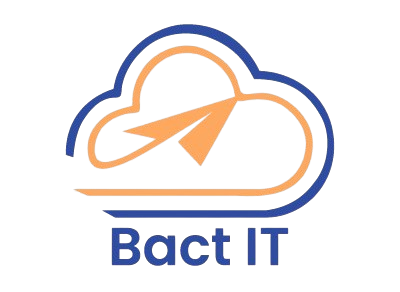Python Django Framework Course

We are committed to equipping individuals and organizations with the tools and expertise they need to thrive in a rapidly changing digital world.
Request A Quote !
Python Django Framework Course Outline
Duration: 40–50 Hours
Level: Intermediate
Delivery Mode: Online/Offline
Tools Used: Python, Django, SQLite, PostgreSQL, Visual Studio Code, Git, Docker
Module 1: Introduction to Django Framework
- What is Django?
- Features and Advantages of Django
- MVC vs MTV Architecture
- Setting Up the Django Development Environment
- Installing Django with pip
- Creating Your First Django Project and App
- Understanding the Project Structure in Django
Module 2: Django Models and Database Integration
- Introduction to Django Models and ORM (Object-Relational Mapping)
- Defining Models in Django
- Database Migrations: makemigrations, migrate
- Working with Django Admin Panel
- Querying the Database Using Django ORM
- Relationships in Django: One-to-One, One-to-Many, Many-to-Many
- Using ForeignKey, ManyToManyField, and OneToOneField
Module 3: Django Views and Templates
- Introduction to Views in Django
- Function-Based Views (FBVs) vs Class-Based Views (CBVs)
- URL Routing in Django: urls.py
- Creating Views and Rendering Templates
- Passing Data from Views to Templates
- Working with Template Tags and Filters
- Extending Templates with {% extends %} and {% block %}
- Using Static Files (CSS, JavaScript, Images) in Templates
Module 4: Django Forms
- Introduction to Django Forms
- Creating Forms with Django: forms.Form and forms.ModelForm
- Handling Form Data in Views
- Validating Form Data and Custom Validation
- Displaying Form Errors and Feedback
- Using Django Crispy Forms for Better UI
- Handling File Uploads in Django
Module 5: Django Authentication and Authorization
- User Authentication in Django
- Creating User Registration and Login System
- Using Django’s Built-In Authentication Views and Forms
- Managing User Sessions and Cookies
- User Permissions and Groups
- Role-Based Access Control (RBAC)
- Implementing Password Reset and Change Functionality
- Working with Third-Party Authentication (Google, Facebook, etc.)
Module 6: Django Admin Interface
- Introduction to Django Admin Panel
- Customizing the Django Admin Interface
- Registering Models with Django Admin
- Filtering and Searching in Admin Panel
- Adding Custom Views and Actions in Admin
- Customizing Admin Form Layouts and Styles
Module 7: Django REST Framework (Optional)
- Introduction to Django REST Framework (DRF)
- Setting Up Django REST Framework
- Building RESTful APIs with Django and DRF
- Serialization: Converting Django Models to JSON
- Creating API Views and Handling HTTP Methods (GET, POST, PUT, DELETE)
- Authentication and Permissions in DRF
- Pagination and Filtering in DRF
- Testing and Documenting APIs with DRF
Module 8: Django Signals and Middleware
- Introduction to Django Signals
- Using Built-In Signals (e.g., pre_save, post_save, etc.)
- Creating Custom Signals and Listeners
- Understanding Django Middleware
- Writing Custom Middleware
- Working with Request and Response Objects in Middleware
Module 9: Django Testing and Debugging
- Introduction to Testing in Django
- Writing Unit Tests for Models, Views, and Forms
- Using Django’s Test Client for HTTP Requests
- Writing Integration and Functional Tests
- Debugging Django Applications with Debug Toolbar
- Using pdb for Interactive Debugging
Module 10: Django Deployment
- Introduction to Deploying Django Applications
- Setting Up a Production-Ready Environment
- Using Gunicorn as the WSGI Server
- Setting Up Nginx and Apache with Django
- Database Configuration and Optimization for Production
- Using Docker to Containerize Django Applications
- Deploying Django on Platforms like Heroku, AWS, and DigitalOcean
- Security Best Practices for Django in Production
Module 11: Django Caching and Optimization
- Introduction to Caching in Django
- Caching Views, Templates, and Database Queries
- Using Memcached and Redis for Caching
- Performance Tuning for Django Applications
- Query Optimization with select_related and prefetch_related
- Load Balancing and High Availability for Django Projects
Module 12: Final Project and Assessment
- Develop a Real-Life Django Application (e.g., Blogging System, E-Commerce Platform, Social Media App)
- Integrating All Core Concepts: Models, Views, Templates, Forms, and Authentication
- Code Review, Debugging, and Optimization
- Final Exam and Viva
- Certification from BACT IT Institute of Bangladesh
